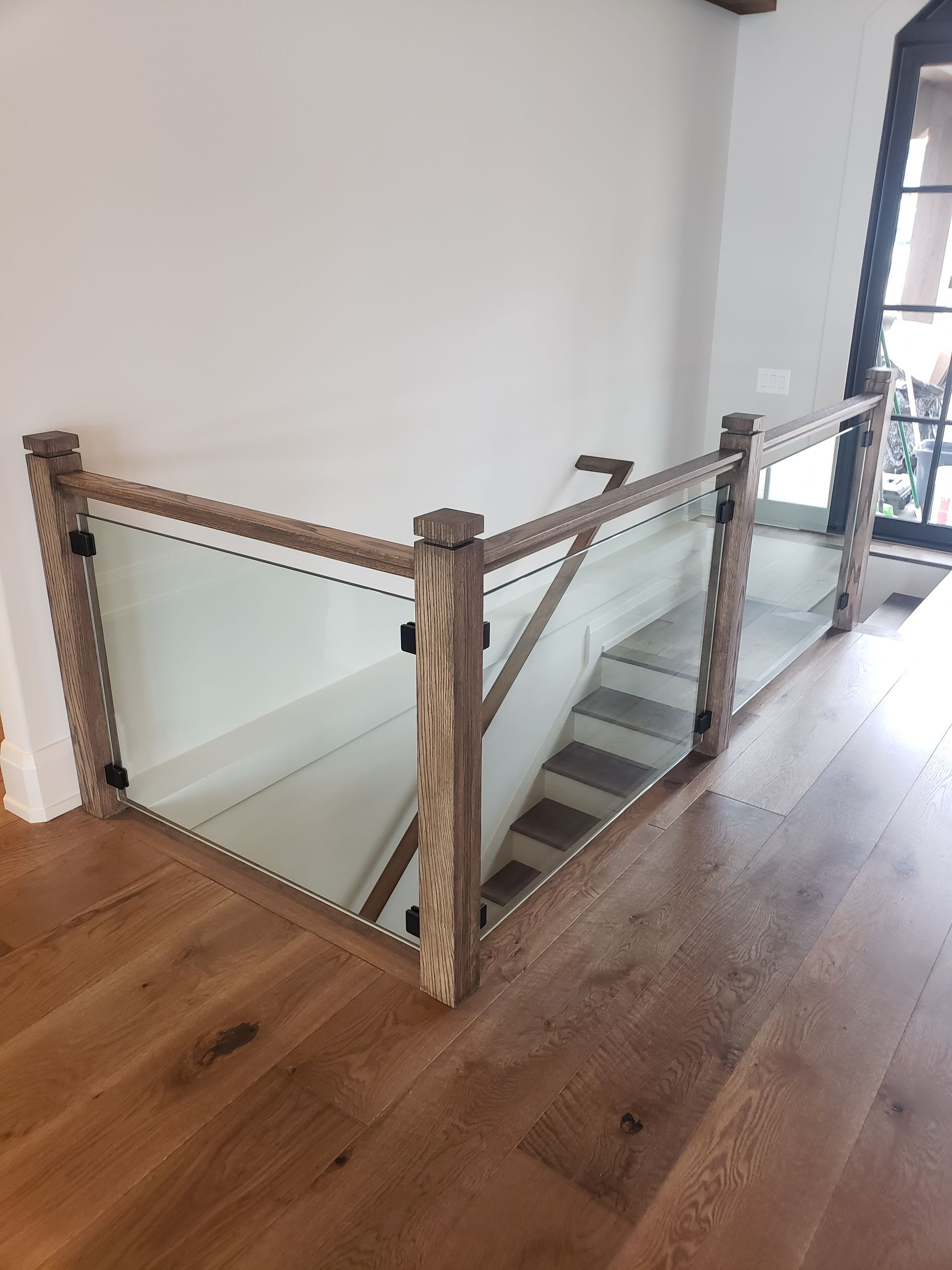What Homeowners Should Know About Staircase Building Codes
When building or renovating a home, staying within building codes is a vital part of your project. If you or your contractor don't stay within these codes, it could slow down your project and possibly create fines or penalties for you down the road. Building codes for interior staircases are especially important because stairs can be dangerous if not built properly. Let’s take a look at some build code facts every homeowner should know about stairs.
Work With Reputable Contractors
The first step in creating a safe staircase or renovating an existing staircase is to make sure you are working with a reputable contractor who cares about staying within building codes. You don’t want to work with people who are more interested in finding corners to cut than they are in creating a safe structure. Look at references for their work so that you can see the quality firsthand. Choose a business that has plenty of years of experience.
Stick To IRC Codes
If you're working with a contractor to build or renovate stairs, it’s important that you stick with International Residential Code (IRC) standards. Most local building codes are based on this, however, some areas haven't adopted these codes. If that’s the case, and the codes in your area are below these standards, you should talk with your contractor about sticking with IRC standards anyway. This will ensure that your interior staircases are up to the highest standards possible. It also ensures that should the building codes in your area be updated later on, your home will already meet these regulations.
Pay Attention to Handrails
While the staircase itself will have a lot of safety requirements, the handrails are also an important part of all interior staircases. The handrail requirements will be based on how the risers are designed. For instance, handrails are required for any set of stairs that is more than four risers. According to The Spruce, the greatest riser height cannot exceed the smallest by more than 3/8 of an inch. This is for safety purposes so that stairs do not become a falling hazard.
If you're looking for help with interior staircase construction, please reach out to StairWorx today. We have over 20 years of experience building safe, gorgeous staircases of all sizes. We look forward to hearing from you!








Share On: